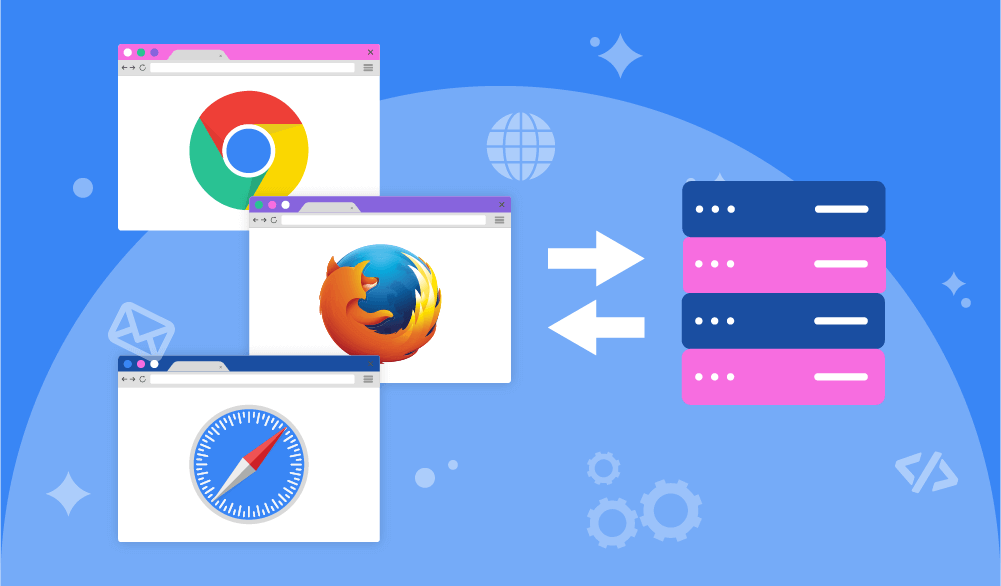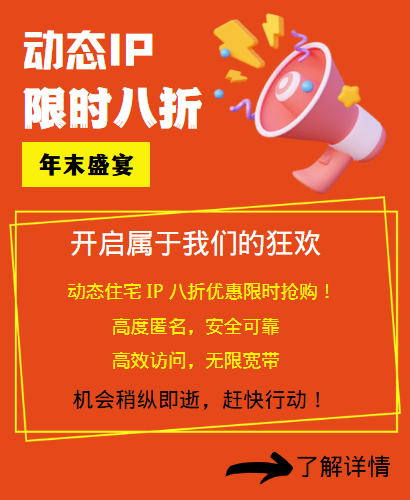In today's data-driven business environment, price crawling has become an important tool for many companies to analyse market dynamics and develop competitive strategies.Price crawling technology collects price information from target websites through automated tools, and User-Agents play a critical role in this process.In this paper, we will discuss the commonly used User-Agents in price crawling, including their definitions, roles, classifications and practical application strategies.

I. Basic concepts of user agents
1.1 Definitions
A User-Agent is a string that is sent to the server in a client request to identify information such as the browser type, version, operating system, and possibly plug-ins that initiated the request.In a price crawling scenario, the user-agent is used to simulate the access behaviour of different devices to avoid being blocked by the target website as an automated script.
1.2 Role
Identity disguise: By modifying the user agent, the crawler can be made to look like a normal user's browser access, reducing the risk of being recognised.
Compatibility adjustment: Different browsers may have differences in rendering web content, user agent helps the server to return a response suitable for a particular browser.
Data analytics: Understanding visitors' device and browser information helps websites optimise the user experience.
II.Classification of User Agents in Price Crawl
2.1 Mainstream Browser User Agents
Chrome: high market share, frequent updates, often used as the default or preferred camouflage object.
Firefox: has a separate rendering engine, suitable for use when Chrome user agents are limited.
Safari: for iOS device emulation, helps to crawl mobile websites for pricing information.
Edge: based on the Chromium kernel, suitable for crawling tasks that require up-to-date technical support.
2.2 Mobile Device User Agents
Android: Simulates mobile device access by specifying device model and Android version, especially important for mobile-first websites.
iOS: Simulates the Safari browser on an iPhone or iPad, suitable for testing responsive design for the Apple ecosystem.
2.3 Special-purpose user agents
Search engine crawlers: e.g. Googlebot, although not commonly used for price crawling, understanding its existence helps to understand anti-crawler mechanisms.
Headless browsers: such as Puppeteer (based on Chrome) or PhantomJS, which can run server-side without a graphical interface and are suitable for large-scale crawling.
III. Practical Application Strategies
3.1 Randomised User Agents
It is a common practice to use a randomised or polled list of user agents in order to circumvent a website's anti-crawler strategy.This means that a different user agent is used for each request, simulating the diversity of real users.
3.2 Customising user agents
For a specific target website, it may be necessary to customise the user agent string to bypass specific detection rules.This requires an in-depth understanding of the target site's request processing logic.
3.3 Proxy combined with rotating IP
Simply changing the user agent is not enough to avoid being recognised altogether, and a combination of using a proxy server and regularly changing IP addresses can further increase the success rate of crawling.
3.4 Compliance with robots.txt and website terms and conditions
Although bypassing is technically possible, it is always recommended to respect the robots.txt file and user agreement of the target website to avoid legal risks.
Conclusion
The rational use of user agents in price capture technology is the key to ensuring the efficiency and accuracy of data collection.By understanding the characteristics and application strategies of different user agents, enterprises can monitor market price changes more effectively and make timely responses.At the same time, the importance of legal compliance should also be emphasised to ensure that the crawling activities do not infringe on the rights and interests of others and maintain a good network environment.
*** Translated with www.DeepL.com/Translator (free version) ***
Related Recommendations
- Why is big data inseparable from the support of proxy IP?
- The difference between http proxy and socks5 proxy
- How to improve the success rate of Google Play launches through 98IP proxy?
- How to deal with Flipkart's complex network environment and store optimization
- How to optimize the response speed of the ChatGPT API interface?
- HTTP Proxy: Why is it so mysterious? What can it do for users
- Are the proxy IP and proxy server concepts the same?
- Can using local residential IP increase the exposure of Amazon's cross-border stores?
- U.S. Residential IP: Virtual Reality, a powerful tool for accessing overseas
- Ad verification and brand protection: Socks5 agents using 98IP ensure authentic ads are delivered

